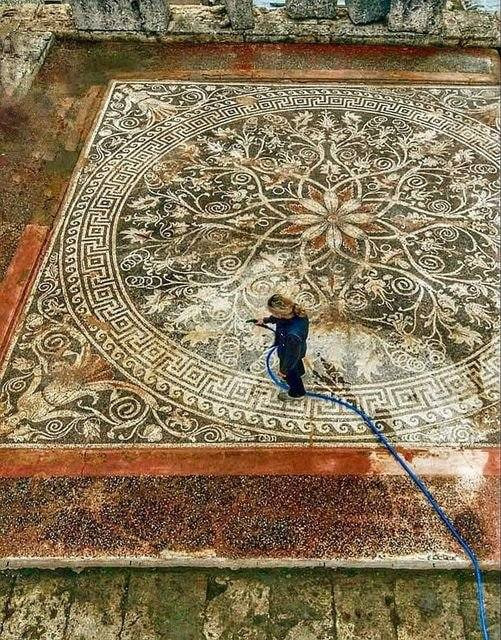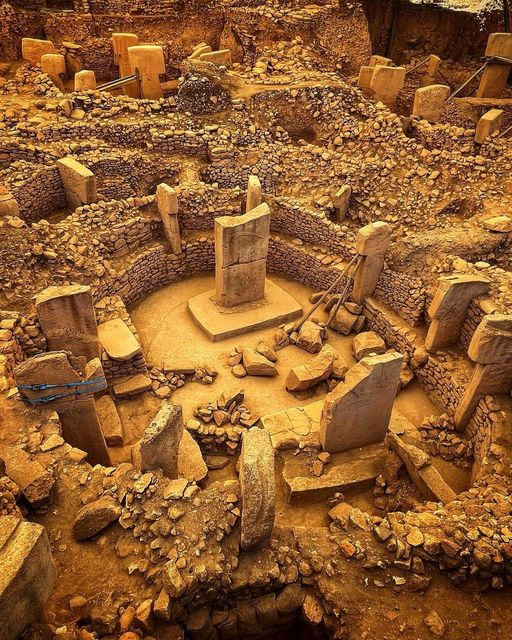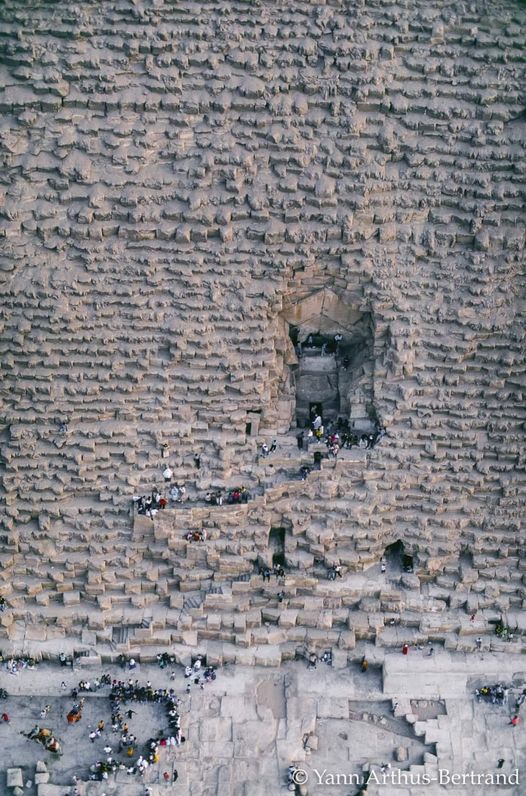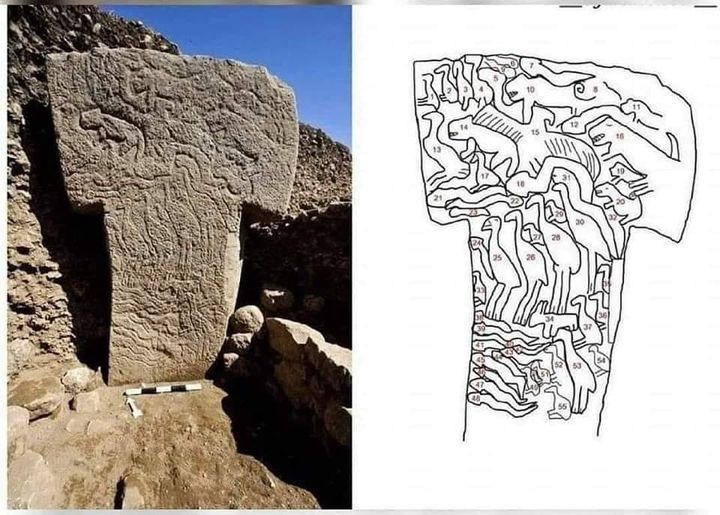In the heart of Florida lies a remarkable archaeological site known as Windover Bog, where a groundbreaking discovery has rewritten the history of ancient America. Here, buried beneath layers of peat, researchers unearthed an astonishing collection of human remains dating back over 7,000 years—predating even the Egyptian pyramids. These are the Windover Bog Bodies, a fascinating glimpse into the lives of prehistoric peoples who once inhabited the region. In this blog post, we will delve into the significance of this extraordinary find, exploring its implications for our understanding of ancient American history.
Uncovering the Past: The Discovery of the Windover Bog Bodies
In 1982, archaeologists excavating the Windover Bog site made a startling discovery—a series of well-preserved human remains dating back to the Archaic period, approximately 7,000 to 8,000 years ago. These remains, known as the Windover Bog Bodies, were found in a shallow pond surrounded by peat—a natural preservative that helped protect the skeletons from decomposition. Over the course of several years, researchers painstakingly excavated the site, revealing a wealth of artifacts and organic materials that offered unprecedented insights into the lives of ancient peoples in Florida.
Insights into Ancient Lifeways: What the Windover Bog Bodies Tell Us
Analysis of the Windover Bog Bodies and associated artifacts has provided researchers with a wealth of information about ancient lifeways in Florida. The skeletons exhibit evidence of a complex society with sophisticated burial practices, including the use of red ochre and burial in flexed positions. In addition to human remains, the site yielded a treasure trove of organic materials, including tools, textiles, and plant remains, offering valuable insights into ancient subsistence strategies, social organization, and cultural practices.
Rewriting Ancient American History: Implications of the Windover Bog Discovery
The discovery of the Windover Bog Bodies has significant implications for our understanding of ancient American history. Prior to this find, the prevailing narrative portrayed North America as a sparsely populated wilderness prior to the arrival of Europeans. However, the presence of a complex burial site dating back thousands of years challenges this notion, suggesting that ancient peoples in Florida and beyond were capable of sophisticated cultural practices and social organization. The Windover Bog discovery underscores the importance of archaeological research in reshaping our understanding of the past.
Conclusion:
As we reflect on the significance of the Windover Bog Bodies, we are reminded of the power of archaeology to illuminate the mysteries of the past and rewrite the history books. The discovery of these ancient remains in Florida's Windover Bog offers a rare glimpse into the lives of prehistoric peoples who inhabited the region millennia ago. Through careful excavation and analysis, researchers continue to uncover new insights into the complexities of ancient American history, shedding light on the rich tapestry of human experience in the New World.
Archaeological Significance:
The discovery of the Windover Bog Bodies represents a watershed moment in the study of ancient American history. Through meticulous excavation and analysis, archaeologists have uncovered a wealth of information about the lives of prehistoric peoples in Florida and beyond. The well-preserved human remains and associated artifacts offer valuable insights into ancient burial practices, subsistence strategies, and cultural traditions, challenging long-held assumptions about the nature of pre-Columbian societies in North America. As researchers continue to study the Windover Bog site and similar archaeological sites across the continent, they contribute to our understanding of the rich and diverse tapestry of human history in the Americas.






